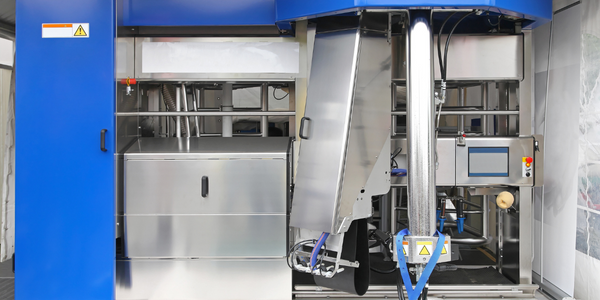公司规模
Large Corporate
地区
- Europe
国家
- Germany
产品
- Camunda BPM
技术栈
- Java
- BPMN
实施规模
- Enterprise-wide Deployment
影响指标
- Productivity Improvements
- Cost Savings
技术
- 应用基础设施与中间件 - API 集成与管理
适用功能
- 离散制造
用例
- 库存管理
- 过程控制与优化
服务
- 系统集成
关于客户
LVM 保险是德国前 20 大保险集团之一,也是德国五大汽车保险公司之一。该公司总部位于明斯特。2012 年,LVM 保险几乎同时启动了两个使用 Camunda BPM 的项目。第一个项目是服务订单管理 (SOM),处理内部管理流程,例如订购硬件和软件、调动员工等。第二个项目是“库存管理寿命”,涉及库存的异步处理和管理。承保流程和计算从夜间批处理转移到从在线应用程序启动的异步处理序列。然后在 Camunda 流程引擎中及时处理单个记录。
挑战
LVM Insurance 是德国领先的保险集团之一,在管理内部行政流程和库存管理方面面临挑战。该公司有两个不同的订单和处理系统,它们并行运行,除了用户之外没有集成界面。数据是通过复制/粘贴手动传输的,并且该过程不受控制,而是基于所有相关员工都可以访问的中央文档。实际流程在员工的脑海中,每个人都知道什么时候轮到他们以及他们必须做什么。在“库存管理生命”项目中,现有生命合同系统的部分内容被新开发的内容所取代。使用了异步单一处理,这在其他领域已经证明是成功的。然而,需要一个轻量级的解决方案来降低开发人员和运营的复杂性。
解决方案
LVM Insurance 决定在 SOM 和“库存管理寿险”项目中使用 Camunda BPM。对于 SOM 项目,他们不想依赖之前的 BPMS,因为许可证成本太高。由于公司对开源解决方案持开放态度,他们尝试了一些开源流程引擎,并很快得到了良好的反响。然而,对于企业用途,他们仍然必须自己实现很多东西。在这一点上,Camunda BPM 脱颖而出,功能特别强大。在寿险项目中使用 Camunda 引擎的决定在很大程度上受到在 SOM 项目中使用该引擎的初始经验的影响。实施过程很顺利,因为他们只需要了解 Java 和 BPMN,而公司内部对这两项知识都有足够的专业知识。
运营影响
数量效益

Case Study missing?
Start adding your own!
Register with your work email and create a new case study profile for your business.
相关案例.

Case Study
System 800xA at Indian Cement Plants
Chettinad Cement recognized that further efficiencies could be achieved in its cement manufacturing process. It looked to investing in comprehensive operational and control technologies to manage and derive productivity and energy efficiency gains from the assets on Line 2, their second plant in India.

Case Study
Airbus Soars with Wearable Technology
Building an Airbus aircraft involves complex manufacturing processes consisting of thousands of moving parts. Speed and accuracy are critical to business and competitive advantage. Improvements in both would have high impact on Airbus’ bottom line. Airbus wanted to help operators reduce the complexity of assembling cabin seats and decrease the time required to complete this task.

Case Study
Hospital Inventory Management
The hospital supply chain team is responsible for ensuring that the right medical supplies are readily available to clinicians when and where needed, and to do so in the most efficient manner possible. However, many of the systems and processes in use at the cancer center for supply chain management were not best suited to support these goals. Barcoding technology, a commonly used method for inventory management of medical supplies, is labor intensive, time consuming, does not provide real-time visibility into inventory levels and can be prone to error. Consequently, the lack of accurate and real-time visibility into inventory levels across multiple supply rooms in multiple hospital facilities creates additional inefficiency in the system causing over-ordering, hoarding, and wasted supplies. Other sources of waste and cost were also identified as candidates for improvement. Existing systems and processes did not provide adequate security for high-cost inventory within the hospital, which was another driver of cost. A lack of visibility into expiration dates for supplies resulted in supplies being wasted due to past expiry dates. Storage of supplies was also a key consideration given the location of the cancer center’s facilities in a dense urban setting, where space is always at a premium. In order to address the challenges outlined above, the hospital sought a solution that would provide real-time inventory information with high levels of accuracy, reduce the level of manual effort required and enable data driven decision making to ensure that the right supplies were readily available to clinicians in the right location at the right time.










